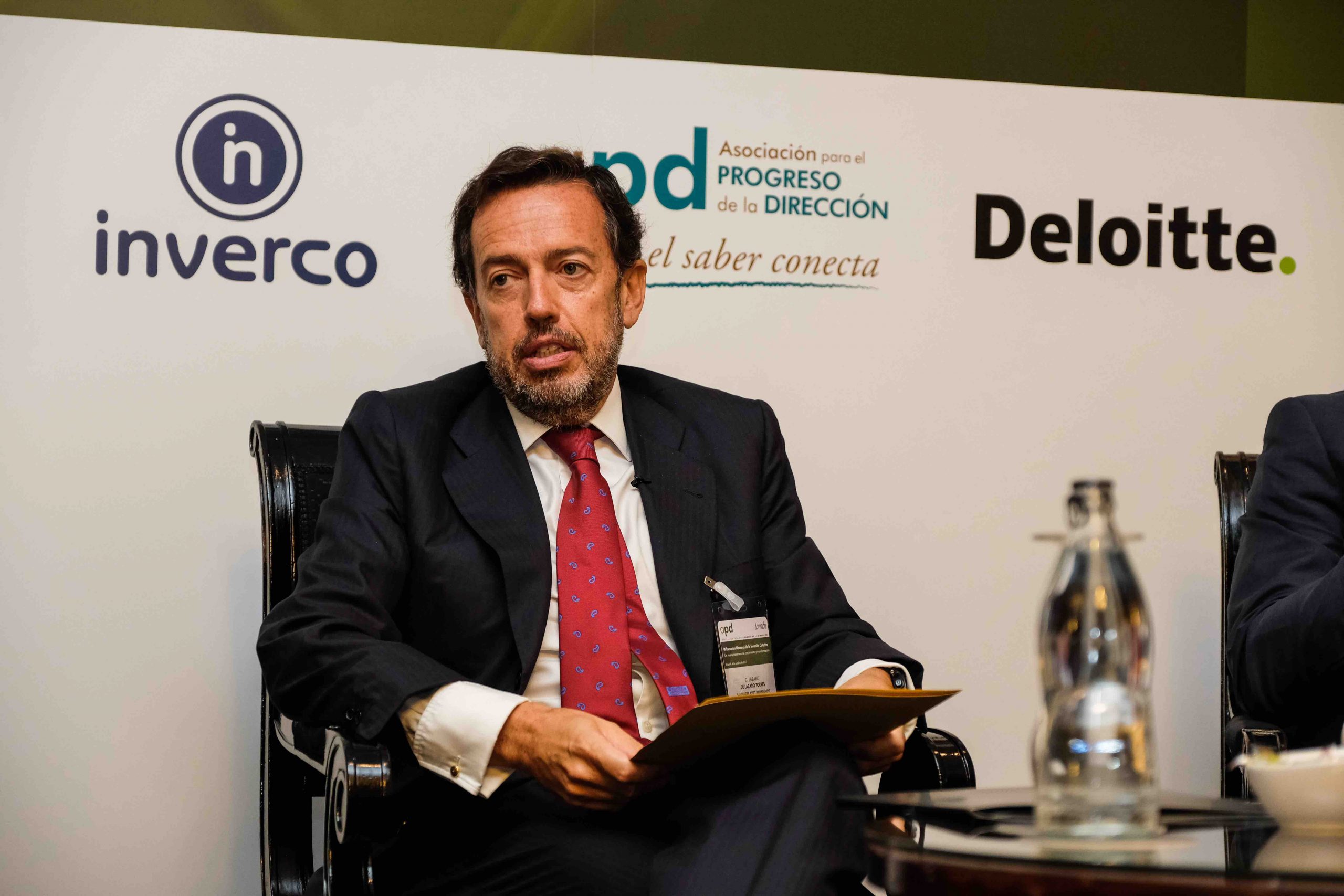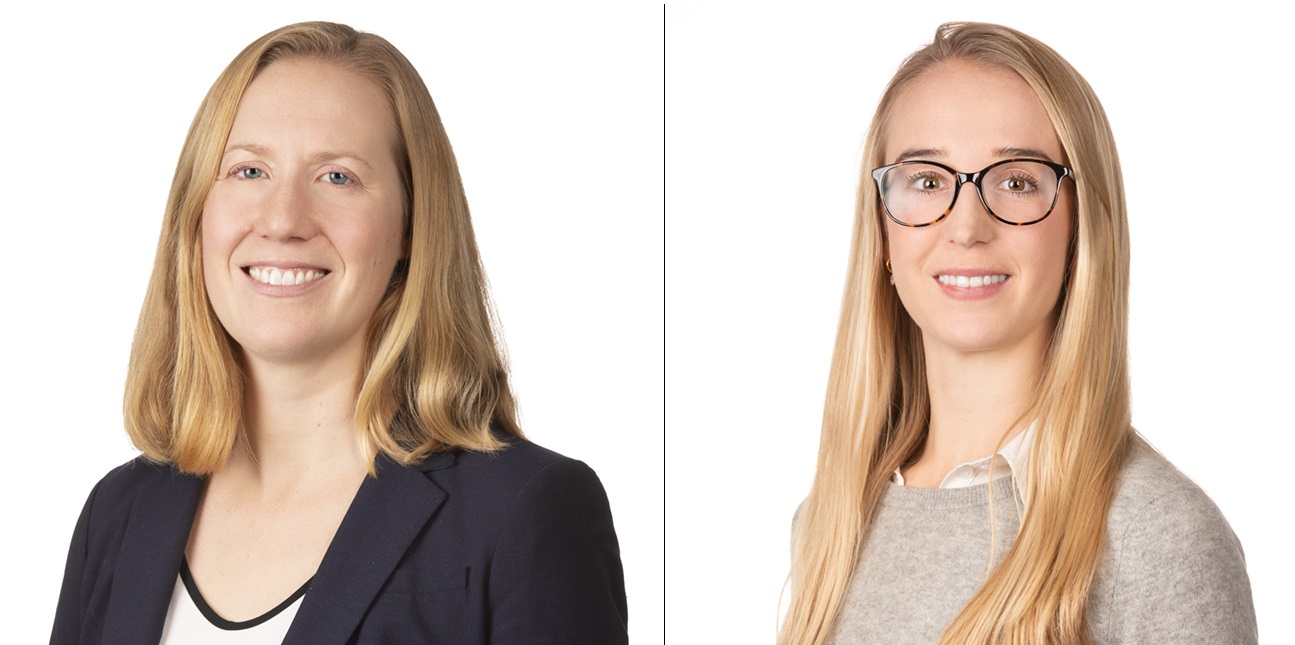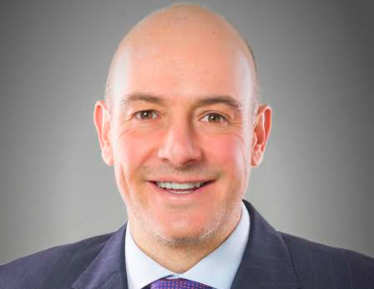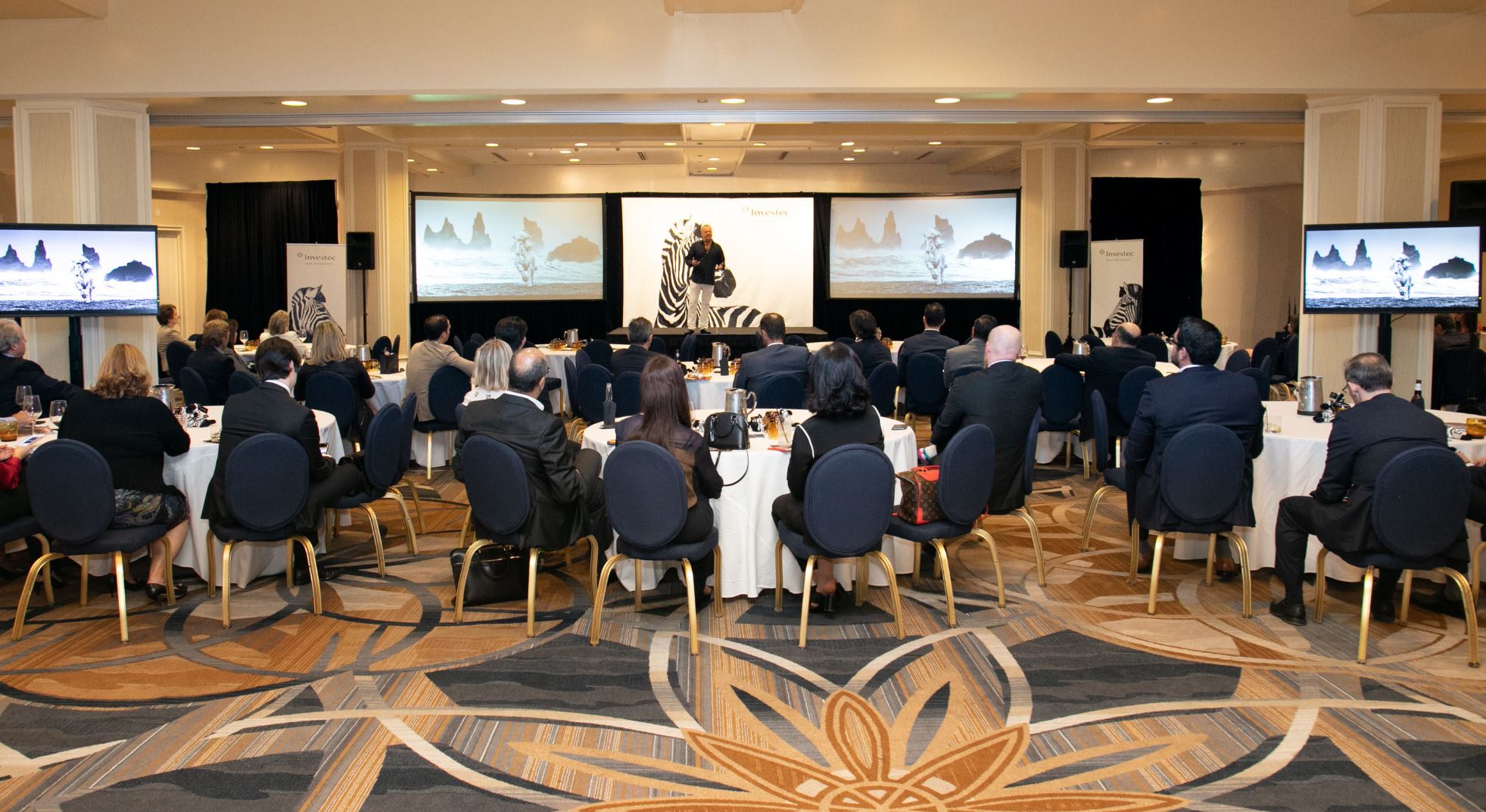Looking Back on 2018 and Looking Forward to 2019
| By IreneValiente | 0 Comentarios

2018 has been one of the most difficult years for bonds over the last 10 years. The reasons behind this underperformance are different to those upsetting the financial markets of 2008. At that time, the health of the banking system was at the heart of many concerns. Since then, the banking industry has been streamlined and consolidated. Banks have improved their Capital footprint, reduced their risk profile, and improved their profitability.
The source of today’s financial uncertainty lies elsewhere.
Three predominant factors have weighed on Bond markets in 2018
- The reorganization of international trade following trade barriers imposed by the American administration.
- Capital flows following the change in monetary policy in the United States.
- Geopolitcal events destabilizing Europe and the Emerging World.
As a result, the bonds issued by European names in USD have been adversely affected after having benefited from a strong performance in 2017.
With a continuing discord between the European Union and the UK or Italy for example, European subordinated bonds denominated in USD now provide some of the highest yield returns in the world in this currency (between 7% to 9% per annum) and stand out when compared to those of equivalent sized North American institutions. In a financially interconnected world, this discrepancy does not seem justified to us. In the coming months, we expect investors to reconsider their outlook on the dollar denominated debt of European household names, if only for the step up in yield that these bonds provide.
Outlook 2019
To face uncertain times, it is preferable to remain exposed to financially sound large household names. The USD subordinated instruments of these same issuers provide some of the highest yield returns, in a world of historically low interest rates.
As bilateral trade agreements are put in place, the current cycle of tariff disputes should progressively come to an end.
It was announced by the Federal Reserve (Fed.) that their interest rate increase cycle, initiated in 2015, would terminate by 2020 at the latest. This should stabilize the USD Fixed Income market moving forward.
The USD Fixed Income market is the largest in the world. Through a dollar denominated portfolio, investors can benefit from the widest investment opportunities available to the subordinated asset class, only through this currency.
For the Fund’s USD and Euro (hedged) tranches, investors can avoid being exposed to monetary changes projected for the Euro Fixed Income investment space.
In Europe, political arrangements look to be on horizon for the Italian Budget and the Brexit process. These issues have plagued the performance of USD European bond assets over the last few months.
Finally, world capital is looking for decent yield returns. The overall supply of subordinated instruments is limited relative to the potentially demand from this global liquidity. World investors have been and still are desperately looking for returns on invested capital.
Column by Ygal Cohen and Steven Groslin, of ASG Capital










